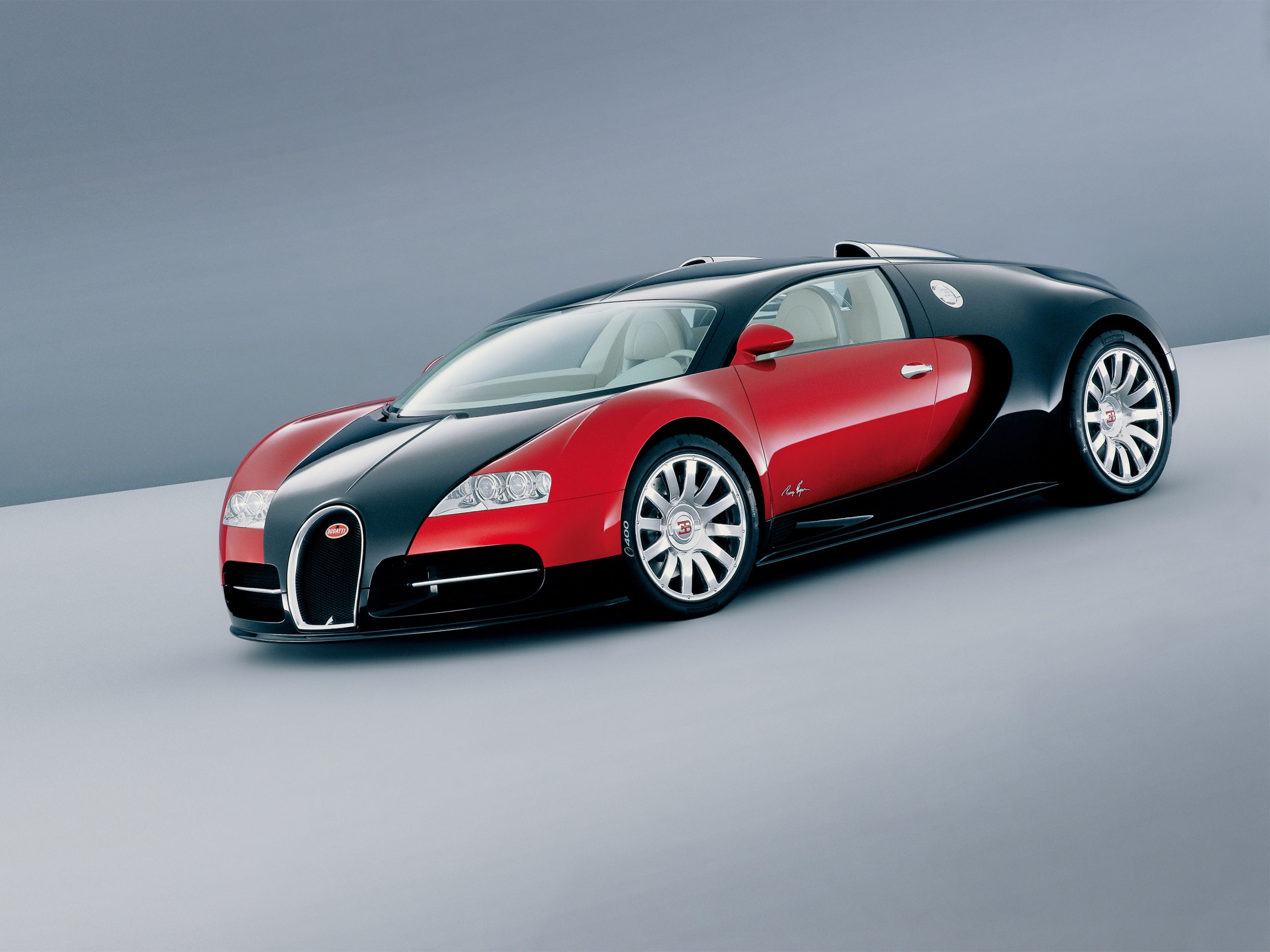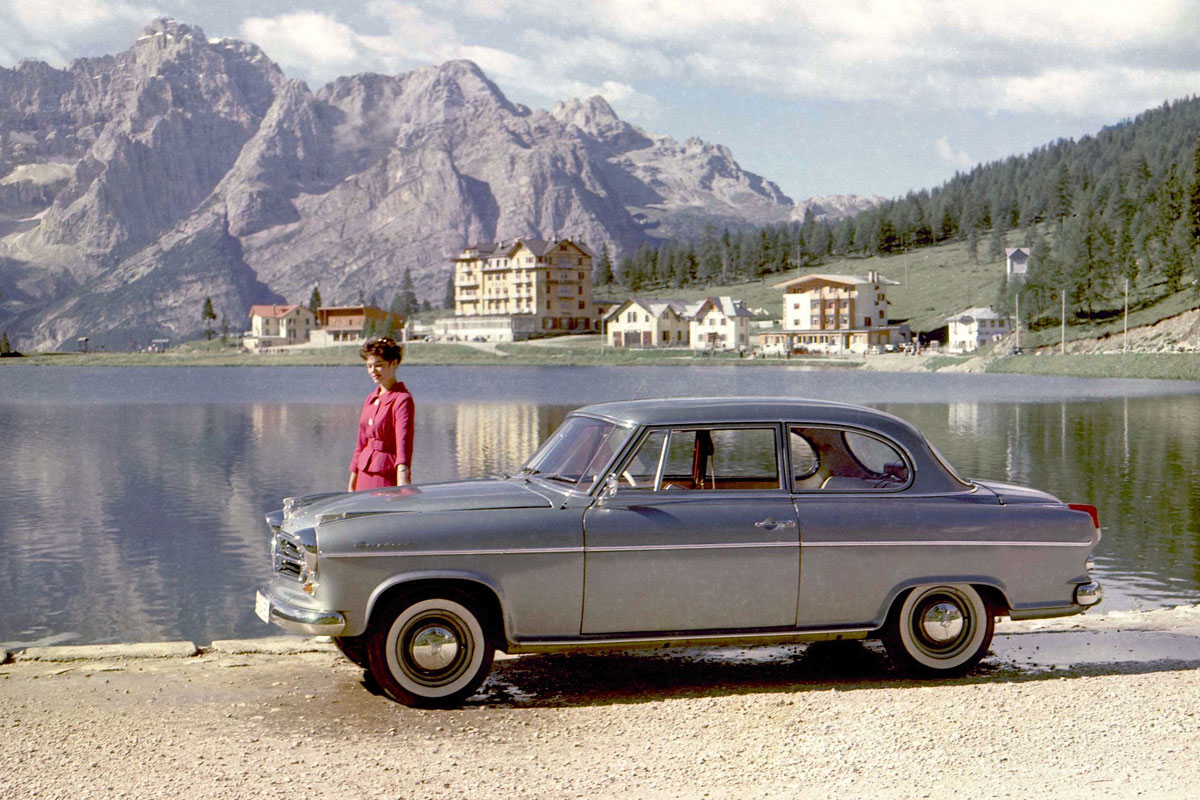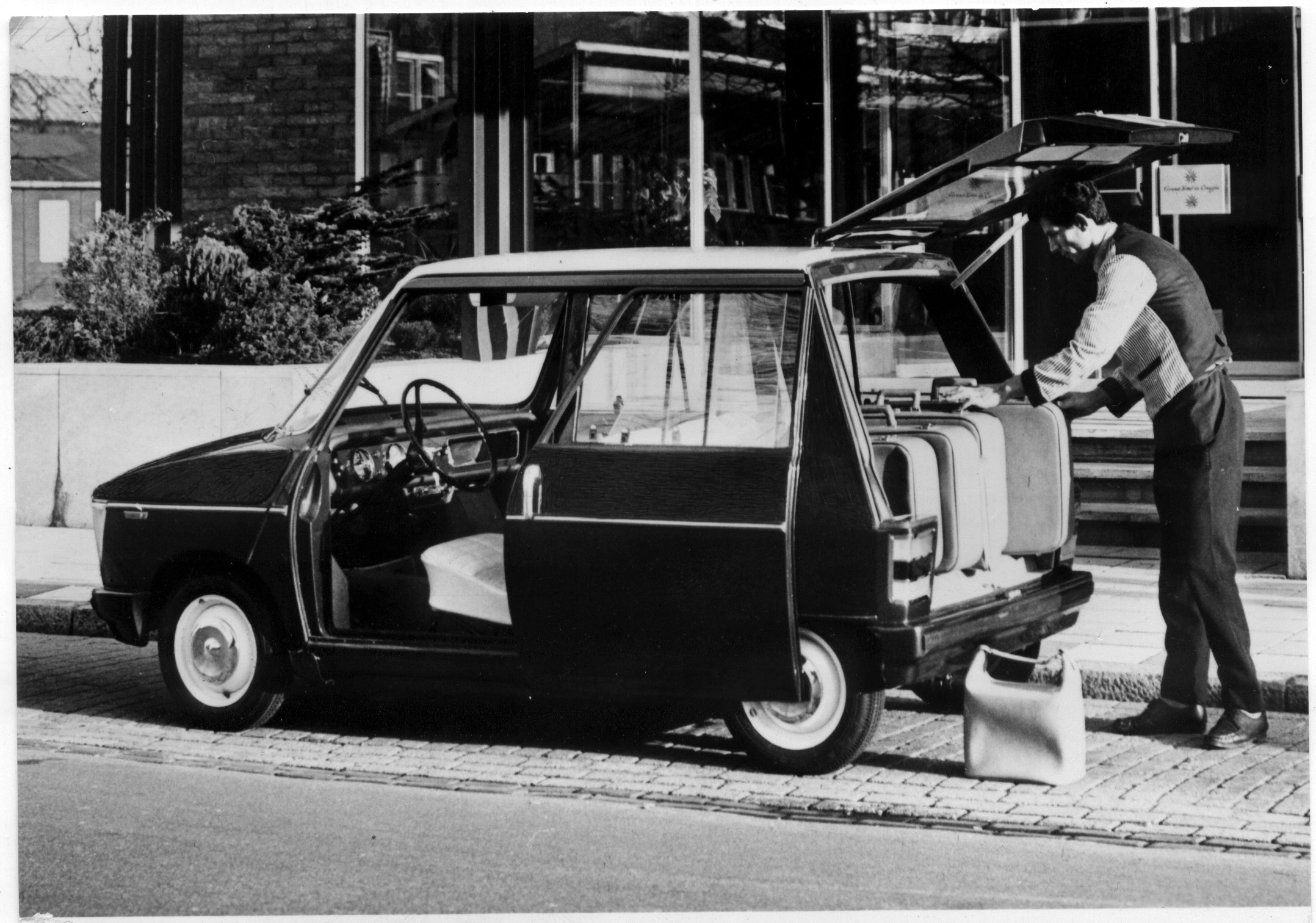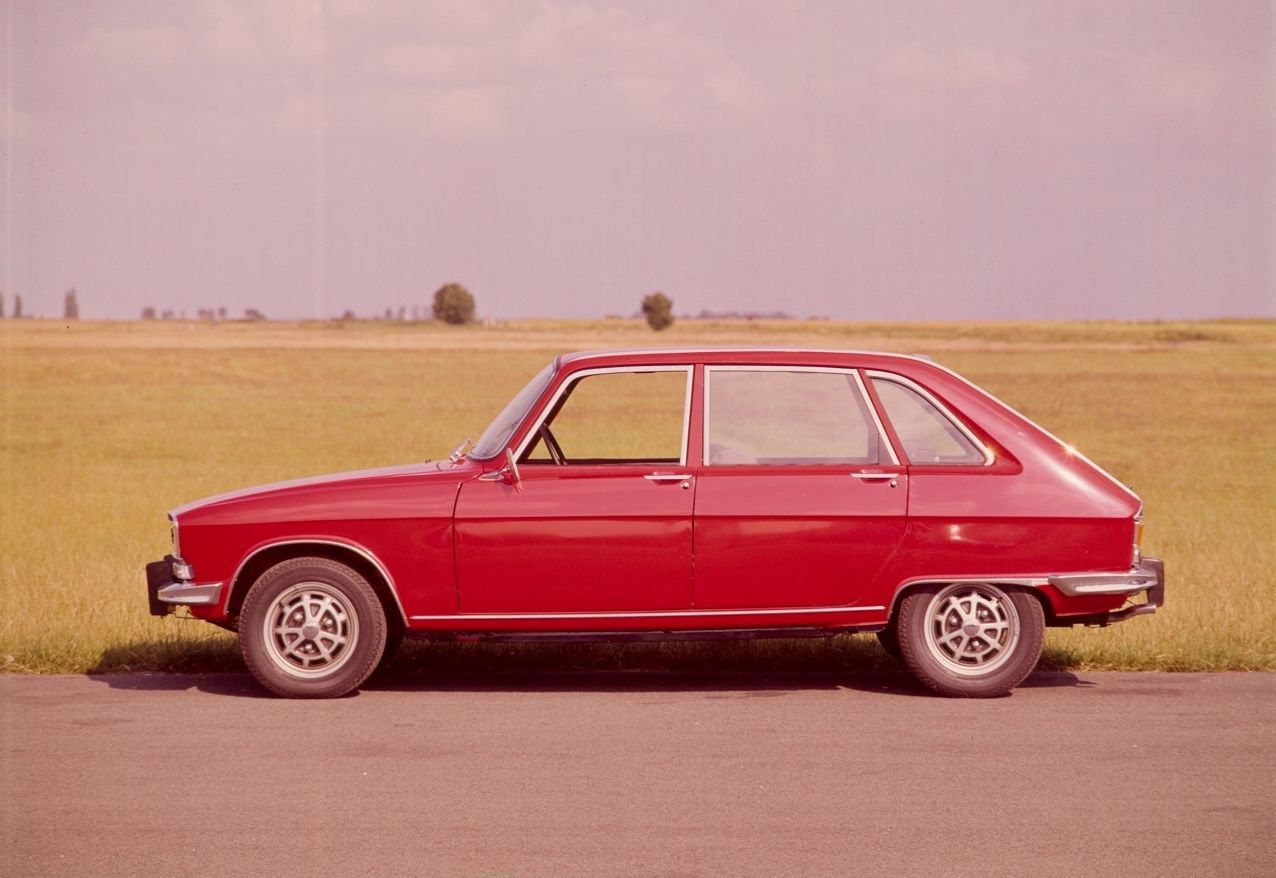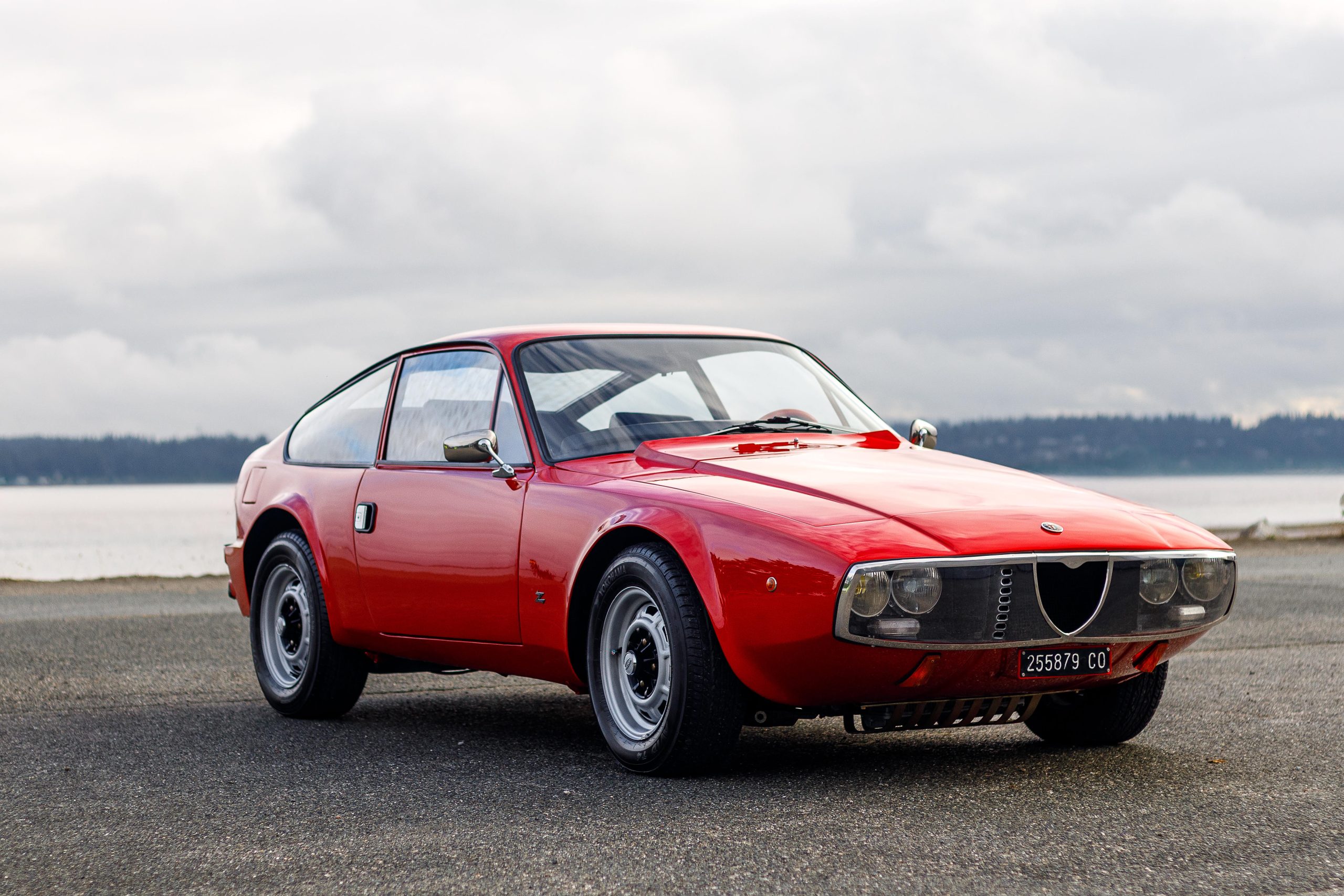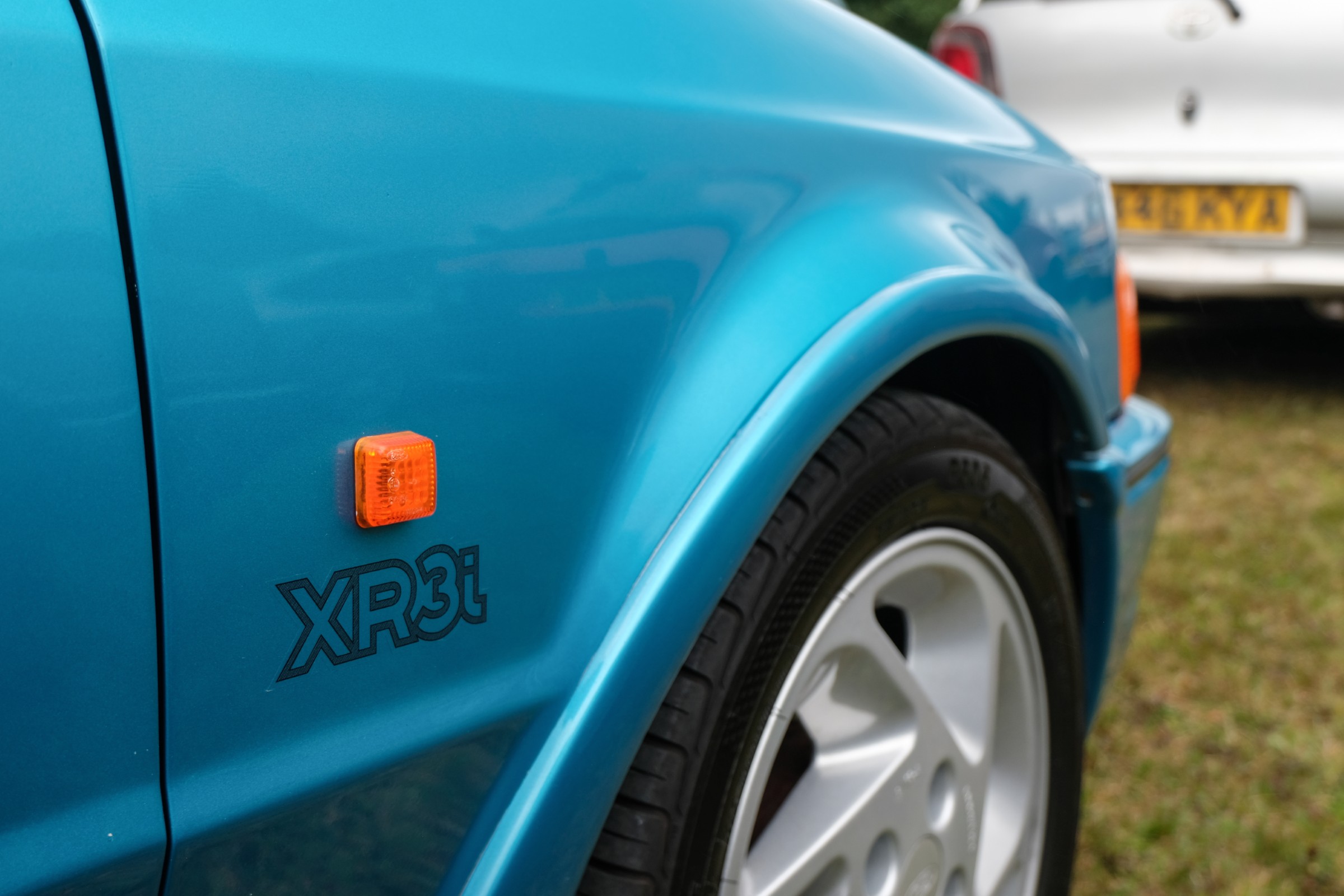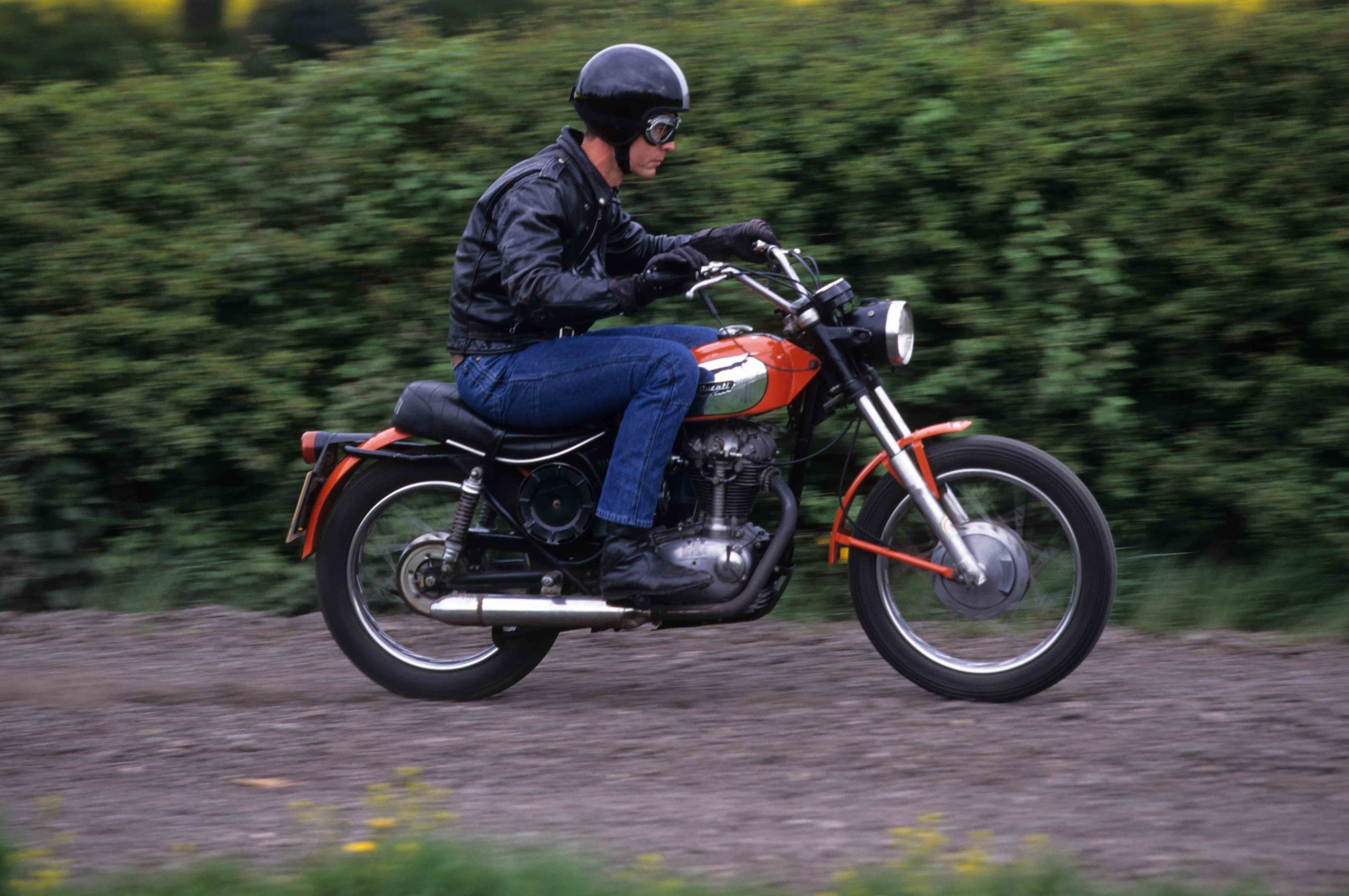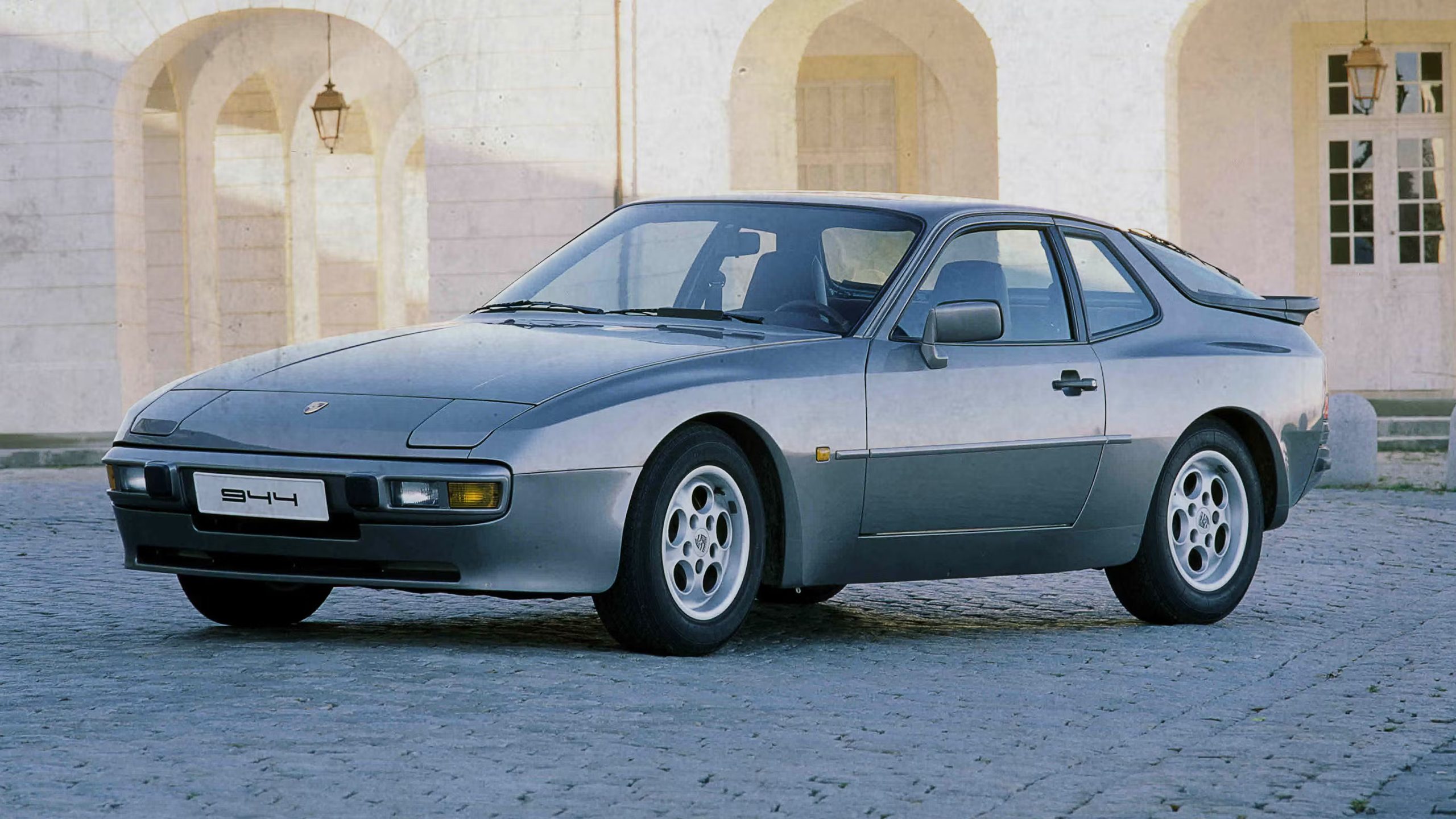Author: John-Joe Vollans
Photography: Bugatti
As these things frequently do, the plan for the Bugatti Veyron began with a doodle on a train… No doubt further inspired by the silly speeds he was travelling at, Ferdinand Karl Piëch put pen to pad (well, envelope) on a Shinkansen trip between Tokyo to Nagoya in 1997. By the time he’d reached his destination, the Volkswagen Group chairman had fleshed out – after swapping notes with VW’s head of powertrain development Karl-Heinz Neumann – an idea was germinating for an 18-cylinder engine, made from three 60-degree off-set VR6 engines. Sketch finished, and fully aware of his potential folly, the famously persistent Piëch laid the cornerstone for what would become the Bugatti Veyron…
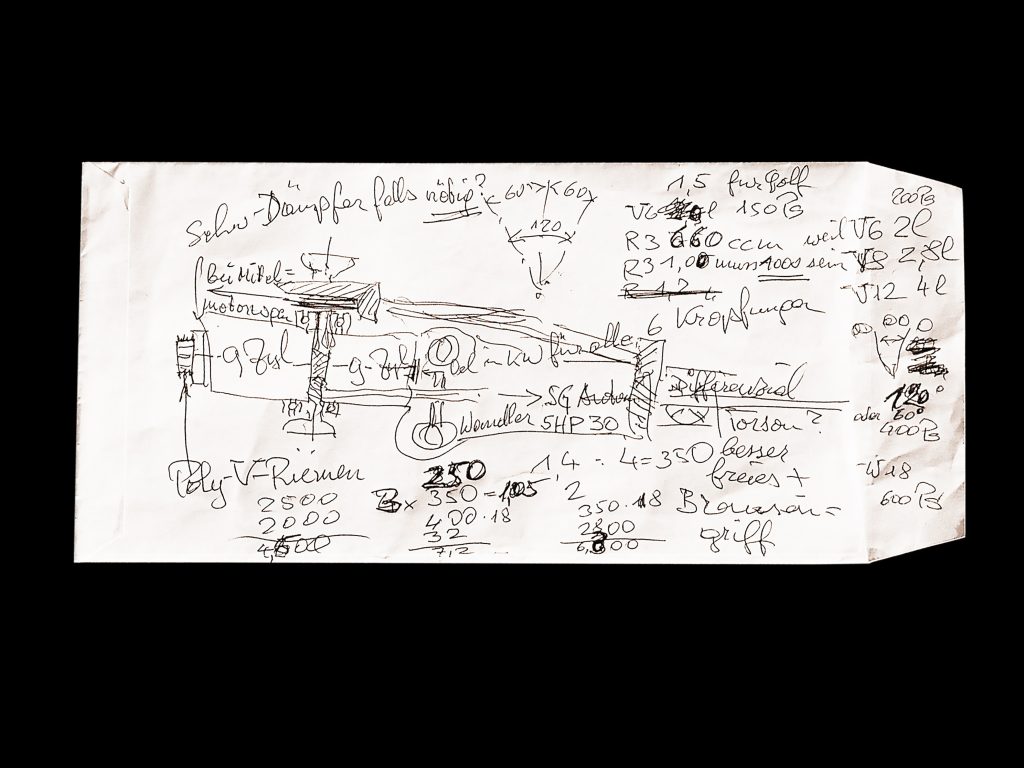
The mighty power plant he’d imagined on that high-speed commute would evolve and eventually see four turbochargers strapped to it, allowing it to output a frankly ridiculous 1001 PS (987bhp). A monumental engineering task lay ahead, developing a road-going production model capable of harnessing, cooling and directing the monumental power of this behemoth – not to mention jumping through the many hoops needed to sell a car that could crack 407kph (253mph). With the Porsche 917 and Audi Ur quattro already a part of his CV, however, few engineers seemed better placed than Piëch to push it through.
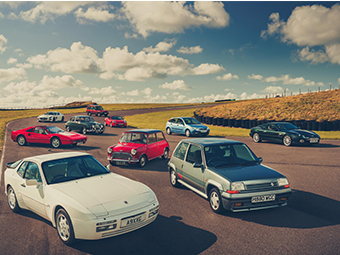
The herculean engineering effort, funds and determination Volkswagen needed to divert to this halo (so might say vanity) project almost defies belief, and it would take all the power of the infamously pugnacious Piëch. If it was achieved, however, it would mark an automotive milestone that would alter the course of car manufacture forever.
Just a year after that fateful train journey, another major step towards a production Veyron was taken when VAG bought out the famous – but temporarily dormant – firm Bugatti.
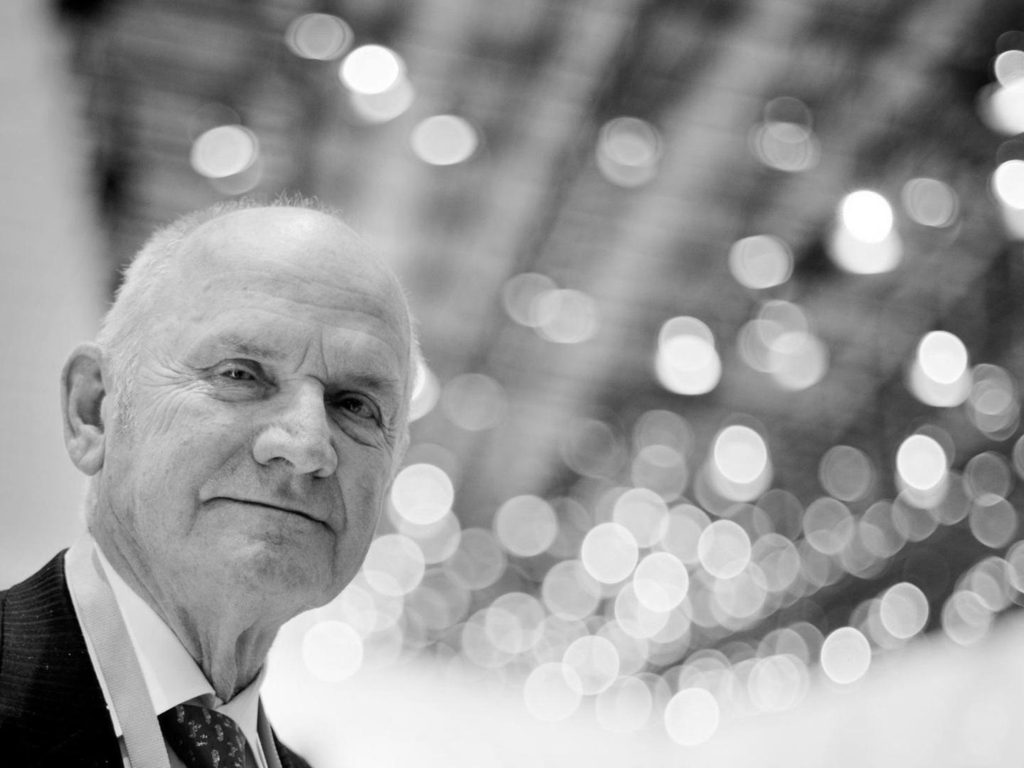
What followed was a flurry of activity as the revitalised French firm, with VW’s substantial financial and technical assistance, set about building numerous prototypes to test the running gear and drivetrain that would ultimately find its way under a composite and aluminium-bodied hyper car.
The first, the EB118, was a front-engined luxury coupe. Its bespoke 6.25-litre 18-cylinder engine was put together just in time for its debut at the Paris Motor Show in October of 1998. Vital for the brand, not to mention the nation in which it was unveiled, Giorgetto Giugiaro’s lines perfectly paid homage to Jean Bugatti’s famous art deco creations.
In equally short thrift, a second car with four doors (EB218) was developed and shown at the 1999 Geneva Motor Show. Like its fellow Italdesigned predecessor, the EB218 featured a tubular aluminium frame and multi-link rear suspension, yet also added bespoke magnesium wheels and a level of cabin luxury appointments on a par with the very best available on four wheels.
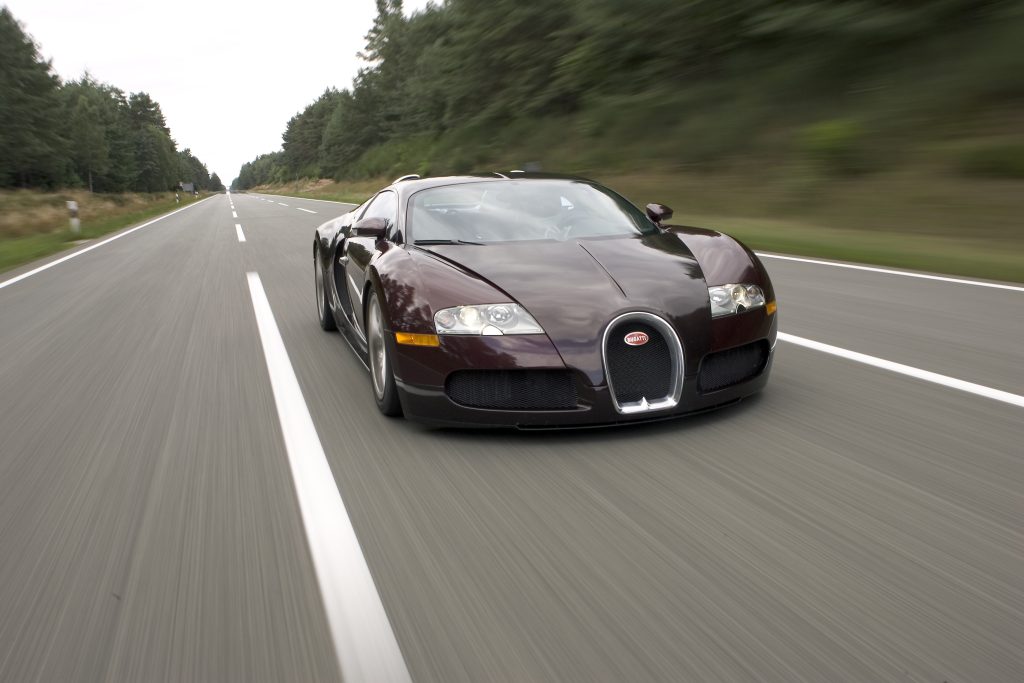
A penultimate pre-production prototype, the 18/3 Chiron, emerged at the 1999 Frankfurt Motor Show – we told you Bugatti was busy – yet this one, more than the rest, showed the real intended direction of all that development work to date. Named to honour the famous Bugatti racing driver Louis Chiron – used again for the Veyron’s replacement in 2016 – this would-be Veyron was built from the bones of a Lamborghini Diablo VT with the aforementioned Lambo’s V12 ditched for the silly and stouter 555bhp naturally-aspirated 6.3-litre W18 engine. This Chiron proved wildly popular with the press and public alike and probably reaffirmed the resolve for producing a production version.
Sure enough, just a few months later, a revised prototype the 18/4 – now sporting the titular Veyron moniker – was shown to the world at the Tokyo Motor Show. Once again, the excitement caused with both crowds and industry alike further raised the bar of expectation for a new Bugatti, this time to fever pitch. Those hopes were finally confirmed at Geneva 2000 when Piëch officially announced that Bugatti was to build a new car with an output of 1001 PS, a 0-60mph sprint time of under three seconds and a top speed in excess of 406kph (250mph). That top-speed figure was allegedly chosen as it outgunned a former Piëch project, the 1970 Le Mans-winning Porsche 917. Crucially, however, this Bugatti wasn’t just about its immense on-paper performance, it was also going to be as luxurious as a limo, crucial when you weren’t trying to outrun the earth’s rotation.
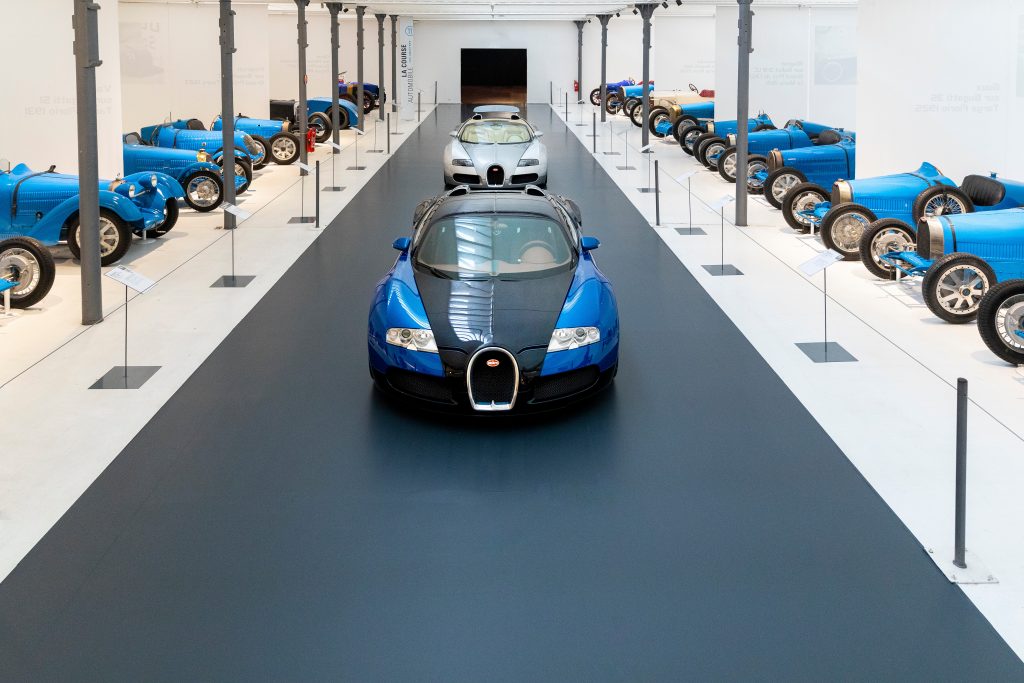
Before the select 450 customers worldwide got their hands on their new £1 million Bugatti Veyron – allegedly around a third of what each cost to make – a few things had to change before it was road-ready. Development engineers altered the engine layout from three VR6 blocks to a pair of ‘VR8s’, creating the W16 engine in the process. This design brought significant packaging benefits, as well as enabling all 16 pistons to push a single crankshaft. The former was essential when considering the space needed to plumb and lubricate four turbochargers.
When it was finally available to the press and owners in 2005, those fortunate few road testers were blown away. The relentless way the Veyron piled on pace instantly silenced its detractors and made all other super cars seem almost pedestrian overnight. In 2010 Super Sport guise, the Veyron cracked out an astonishing 267.856mph top speed, smashing the old 917’s Mulsanne Straight jaunt by more than 15mph.
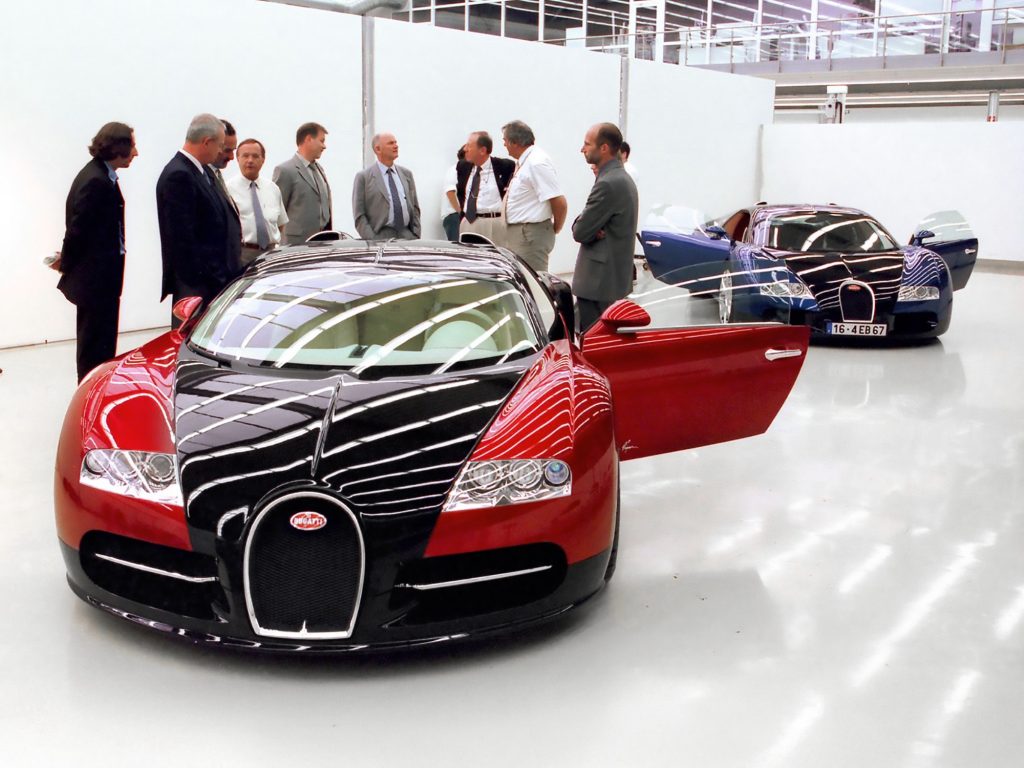
It’s been 25 years since Ferdinand Karl Piëch officially announced the Veyron and twenty years since it found its first owners. In that time, its formula of four-wheel drive and four-figure power numbers have been copied more times than the bootleg DVDs down your local market. For a while, at least, it seemed that all manner of start ups from all corners of Europe were popping up, promising a new model with performance figures more akin to fighter jets than road cars before quietly disappearing.
What has rarely, if ever been matched, is the monumental engineering mountain climbed by Volkswagen to produce the Veyron when it did. Before the Veyron, a maker more used to selling everyday transport, developing and achieving the world’s fastest performance car would have seemed like farce. After it, almost anything seemed possible.
Did the Veyron’s legacy help VW sell more Golfs and Passats? No, it probably didn’t do a great deal of good for Lamborghini either, but its resurrection was well underway at that time anyway. What it really achieved was upping the image of dowdy old VW and proving that the peoples’ car maker belonged in the supercar sphere. Something many questioned before its launch, but never after. It also cemented the legend of its engineering progenitor, reaffirming why, at times, one man’s (or woman’s) vision can sometimes lead to greatness.
Do you think the Bugatti Veyron is the greatest hypercar of all time? If not, which one is? Drop your comments below.
Discover More Hypercar Content
Henry Catchpole on the McLaren W1
Bugatti’s Next Chapter: The Tourbillon
Sonic Boom Toys: McLaren P1 vs Senna
